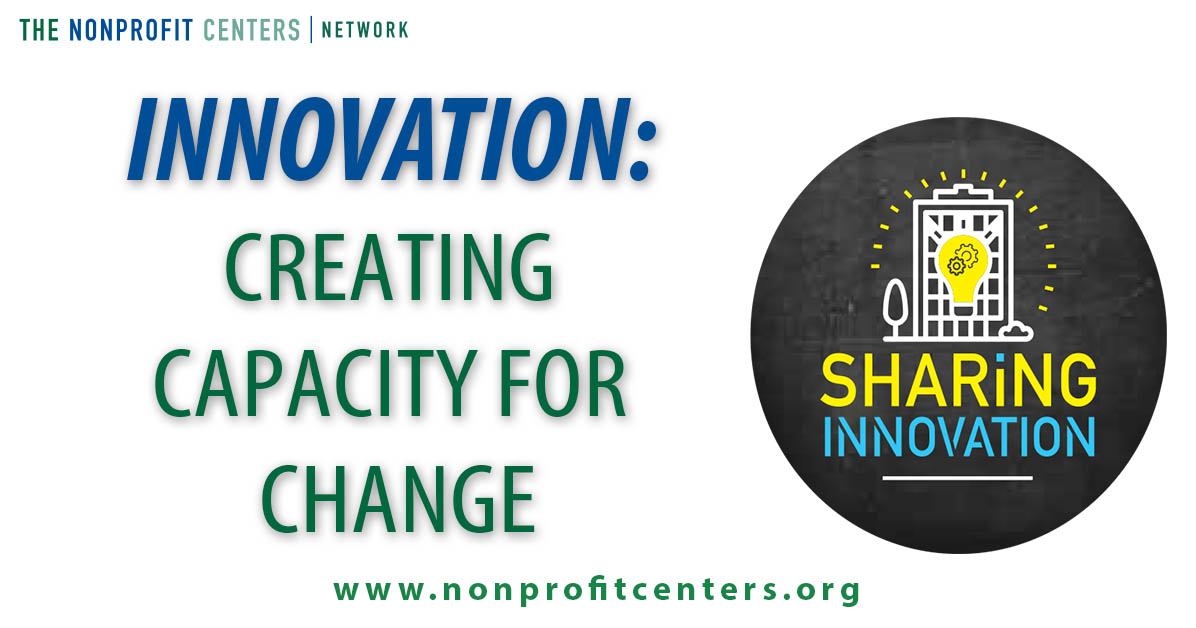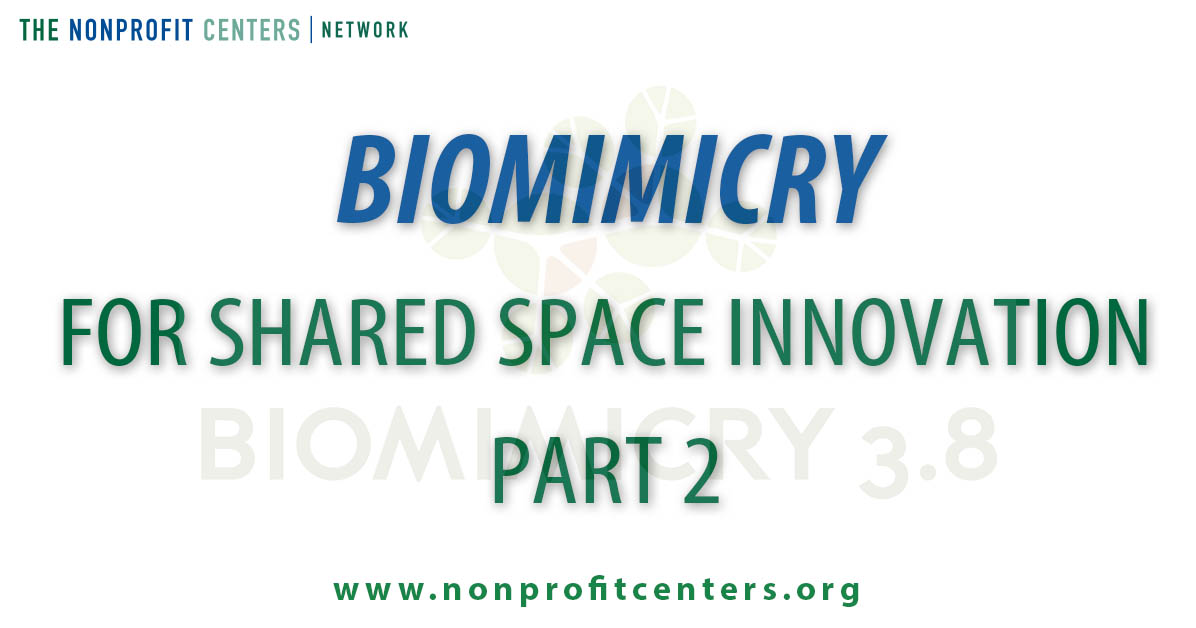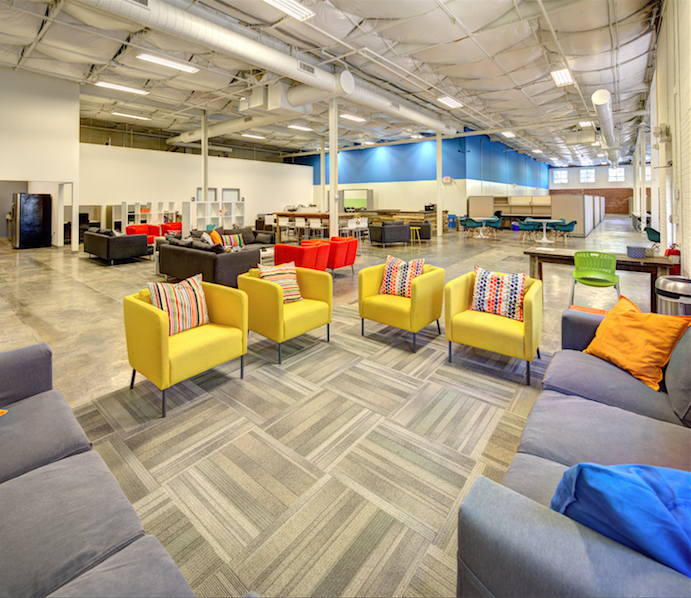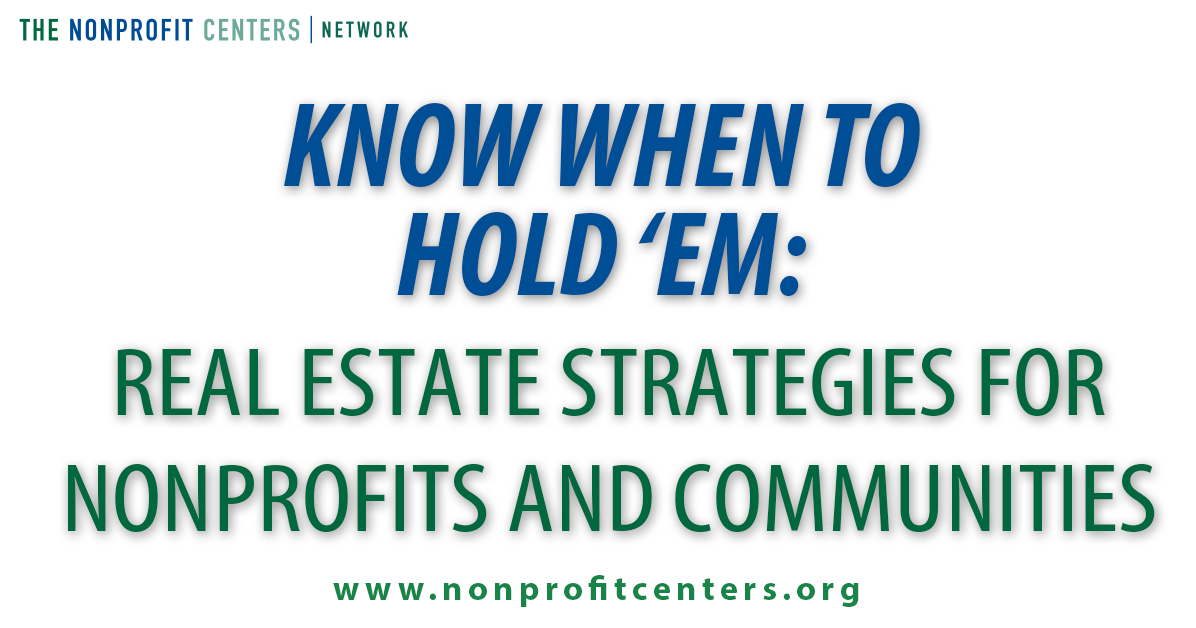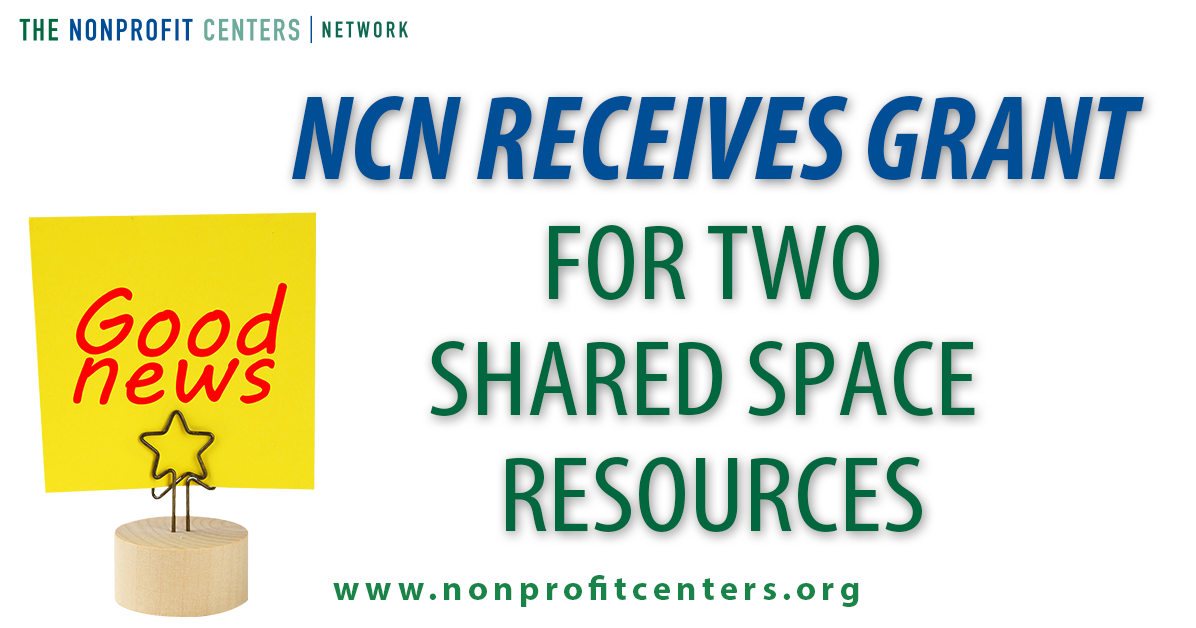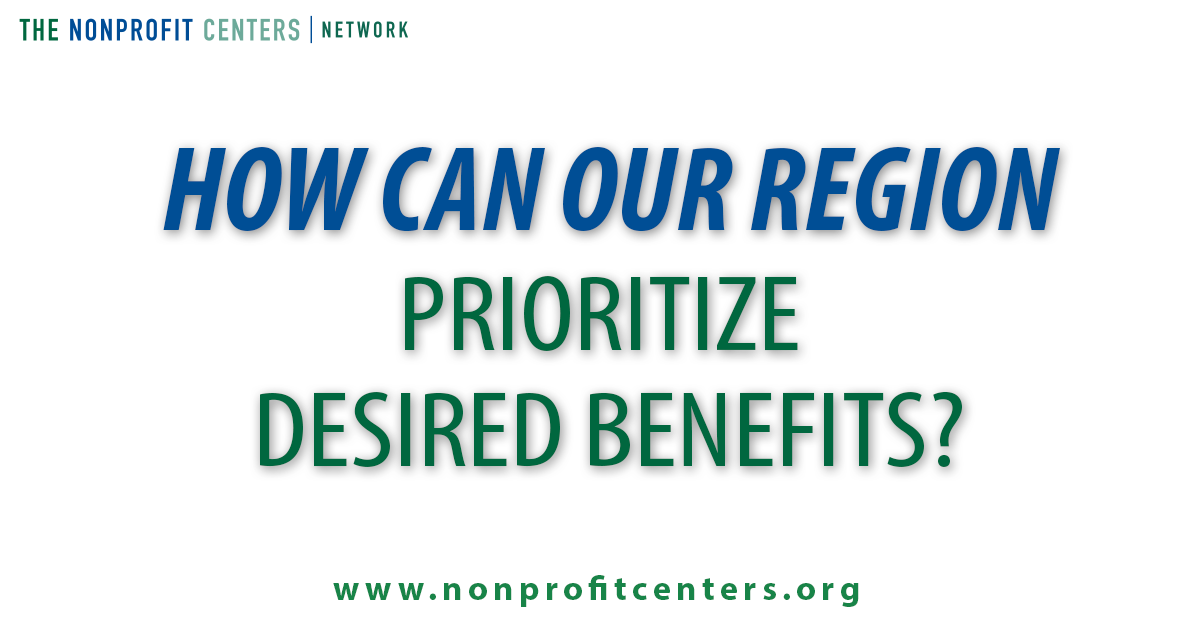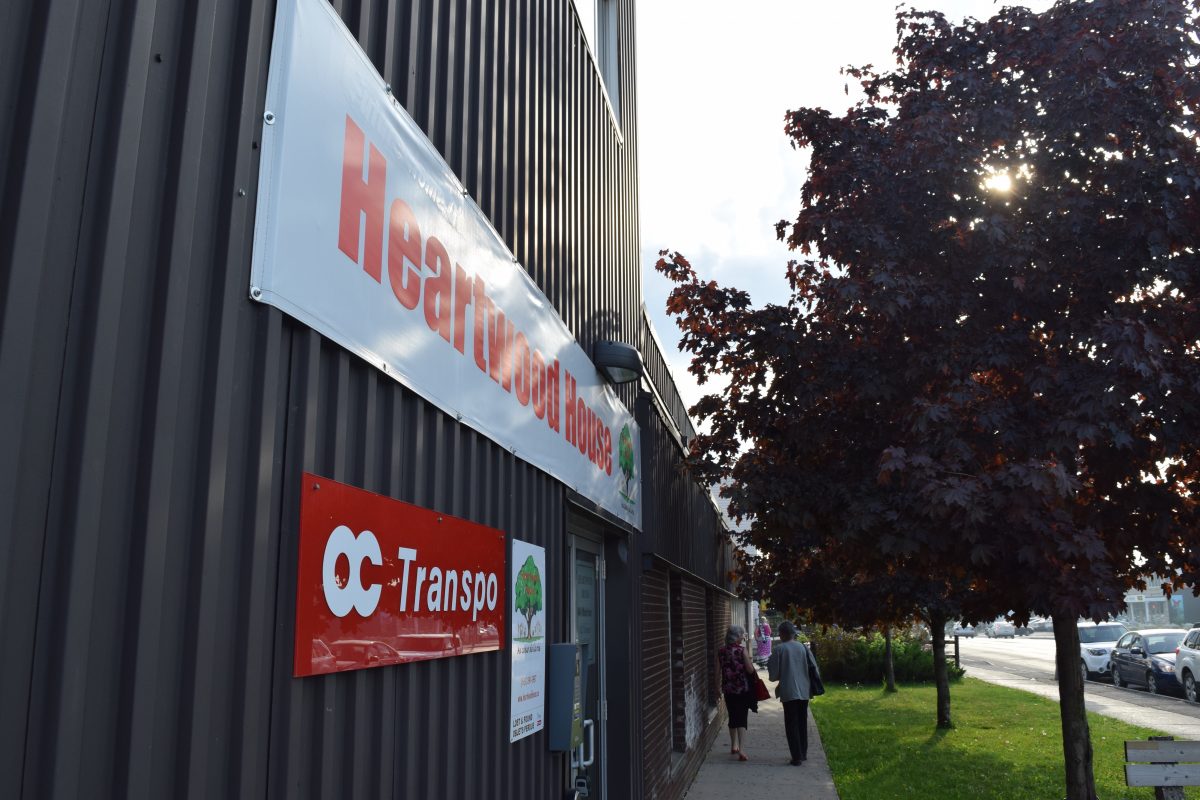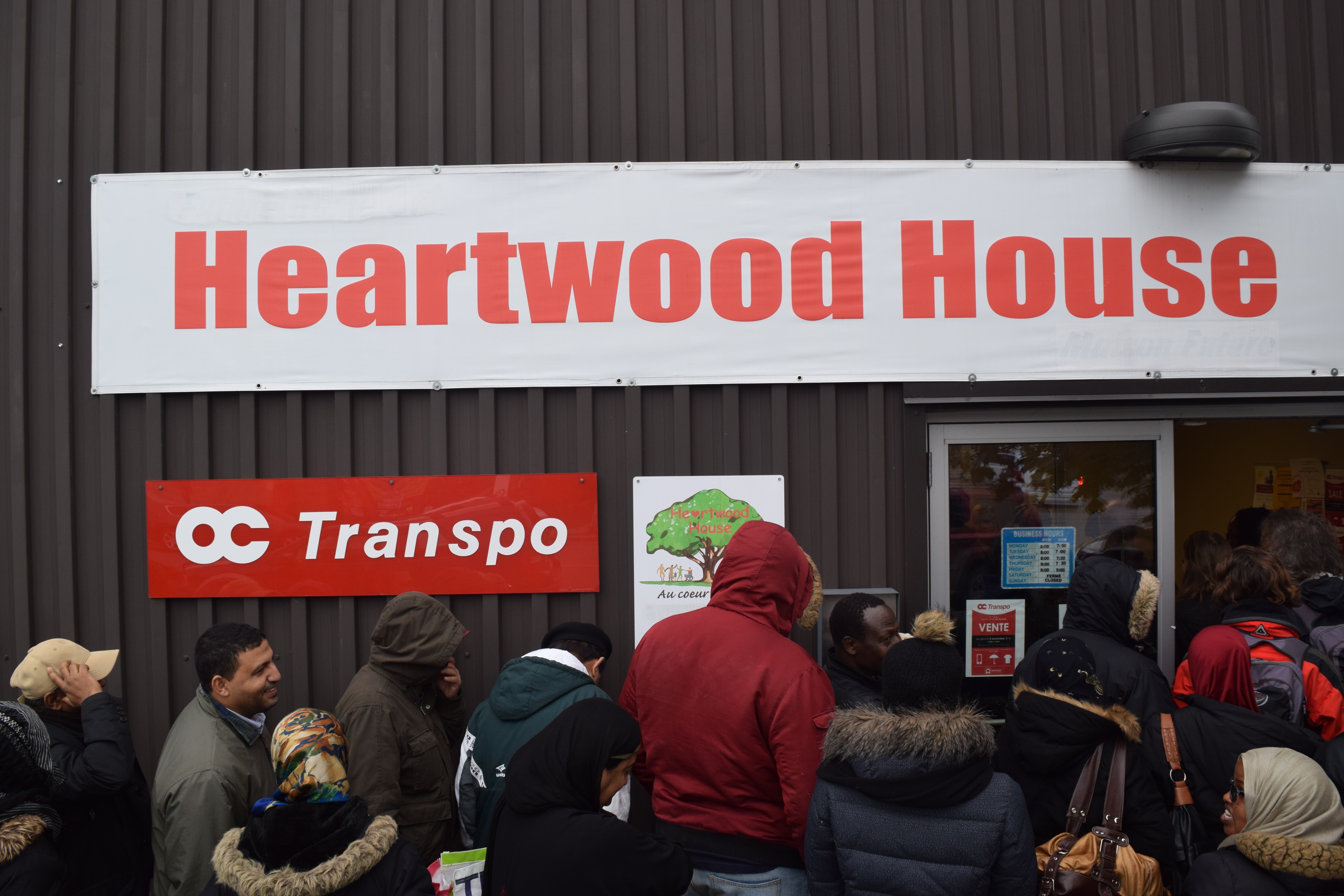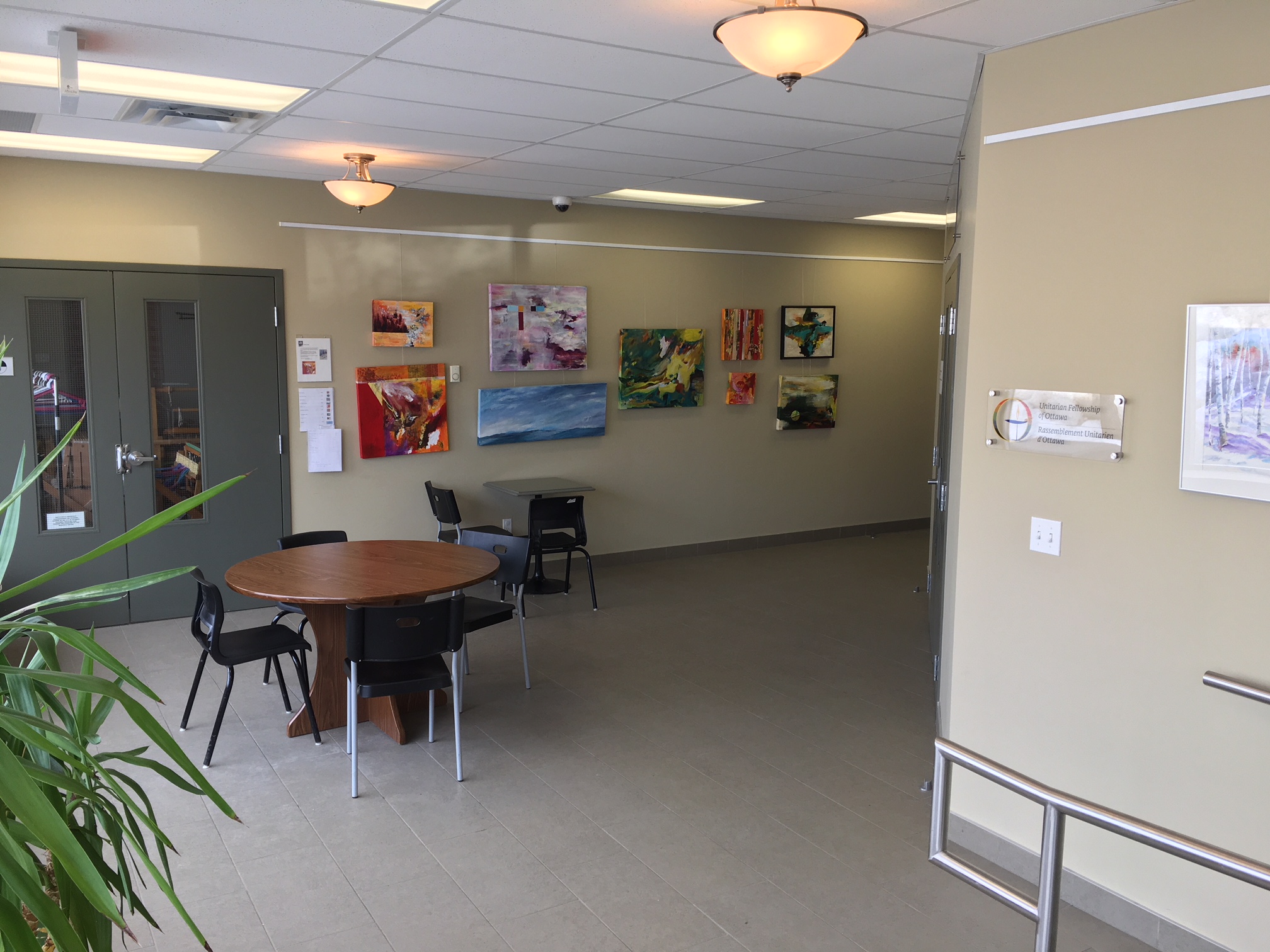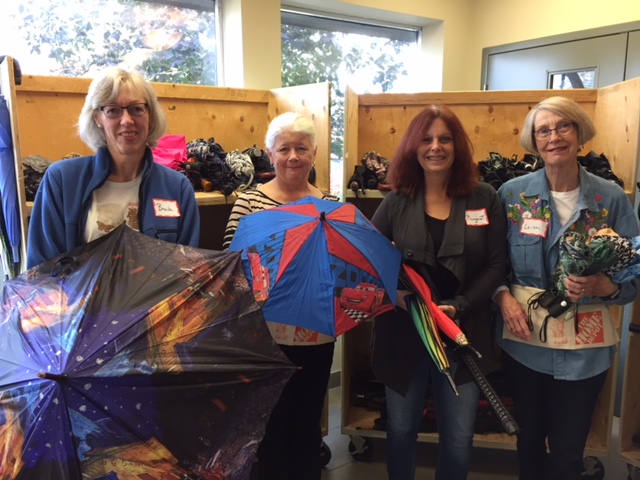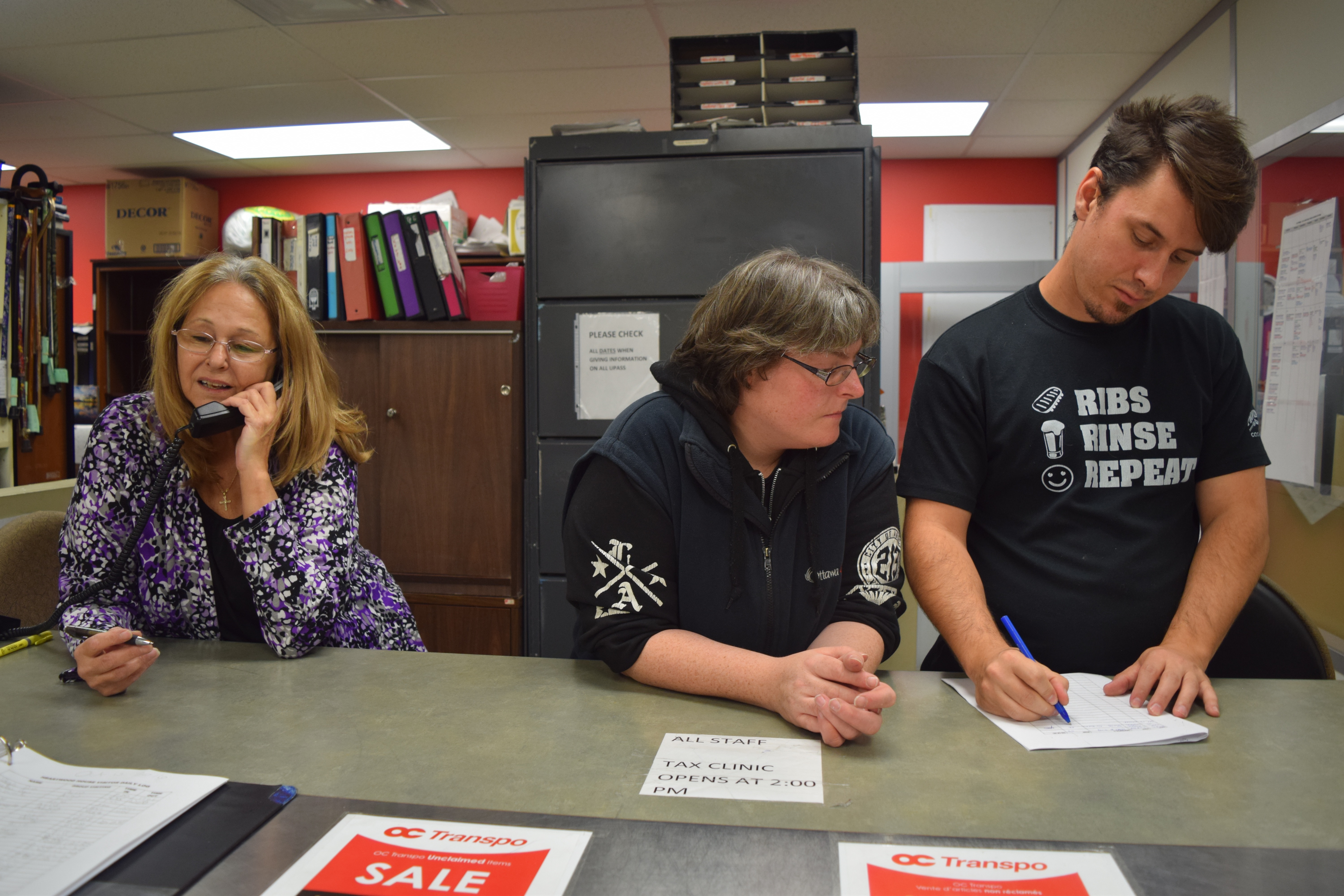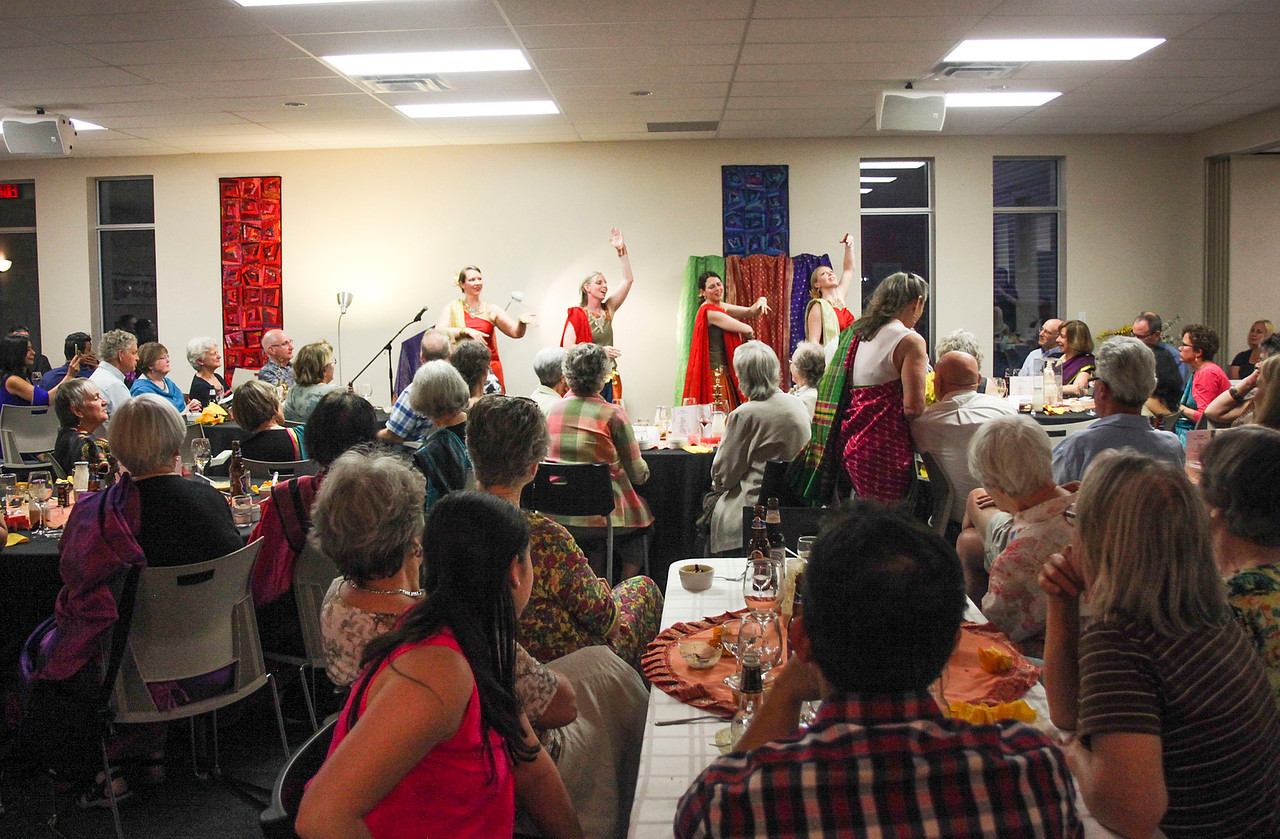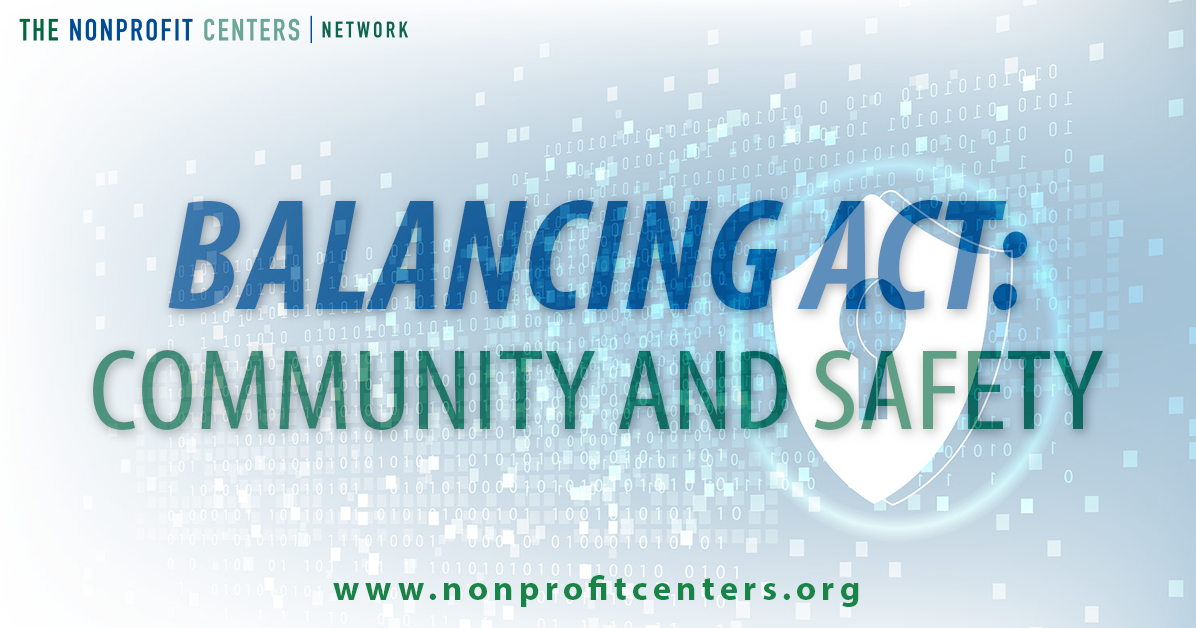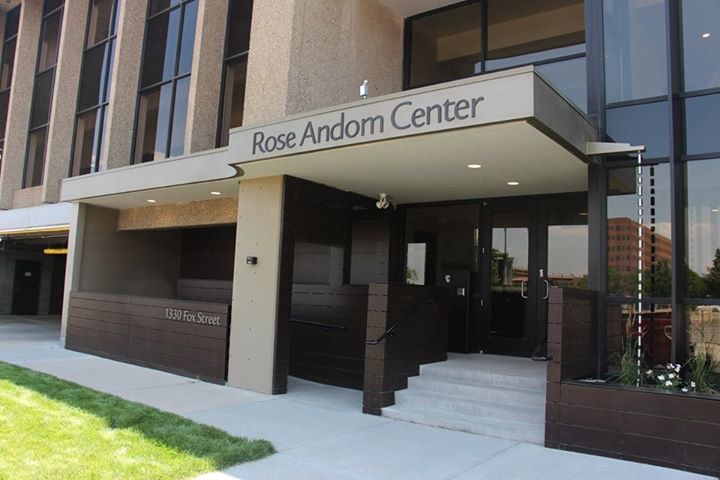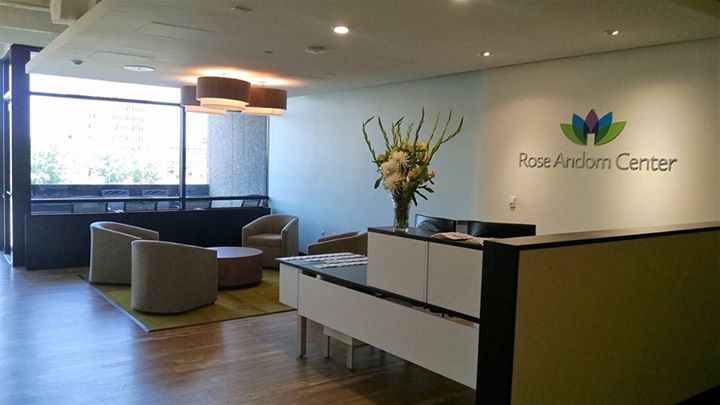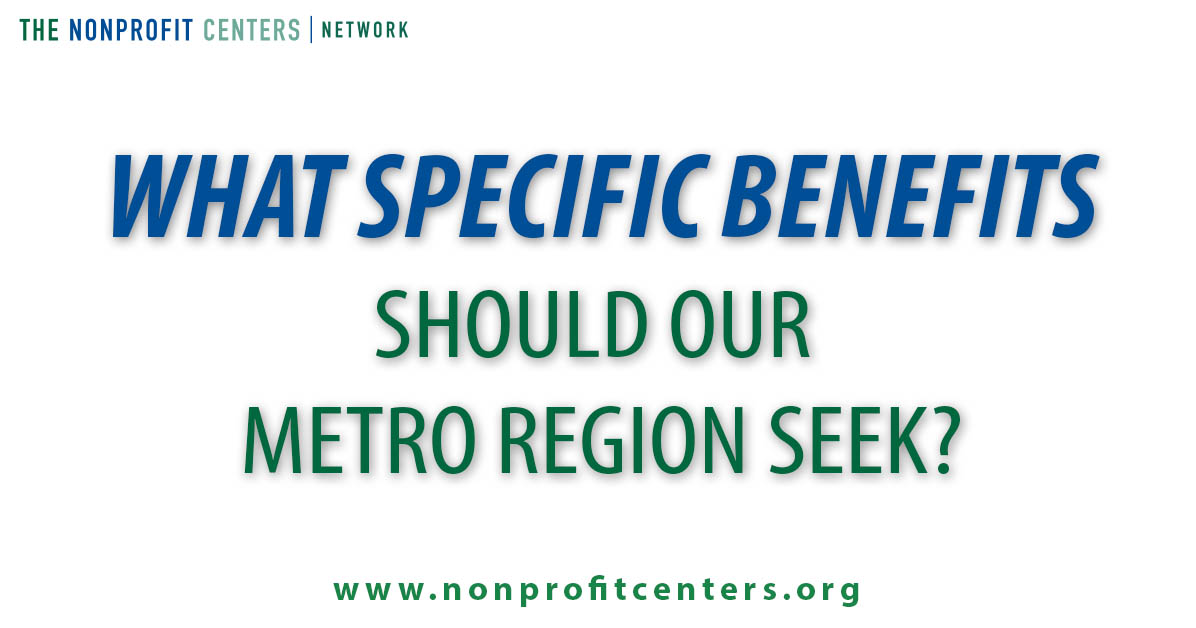We are reviewing proposals for Sharing Innovation, and I’ve been thinking a lot about what innovation means to us at The Nonprofit Centers Network. The dictionary definition of the word “Innovate” is to “make changes in something established, especially by introducing new methods, ideas, or products.” Sharing resources is an innovation in and of itself. For so long, we have been told that success looks like a nonprofit with a large staff, a building, and a strong back office. However, based on our recent research, many nonprofits don’t need that degree of capacity. Efficiency and effectiveness is about having the right tools for the job when you need them.
Through collaboration and the development of formal and informal partnerships within the greater community, Heartwood House serves the residents of Ottawa who are marginalized, living in poverty, and/or in need of educational, mental health, emotional, physical, economic, employment, training or recreational support – Heartwood House provides an affordable, accessible workplace for small non-profit and charitable organizations to enable them to maximize their services through a mutually supportive hospitable and empowering environment for their clients and participants.
Our Member groups provide a wide range of services, information, networking and skill development opportunities to low income adults and families, new immigrants, people with differing abilities, people improving literacy or spoken English skills, people needing health and mental health supports, and people developing new employment, personal, or artistic skills.
What is one interesting fact about your space?
We strive to achieve positive community outcomes and earn revenues to support sustainability.
Heartwood House and the Unitarian Universalist Fellowship of Ottawa enjoy a highly successful partnership in the ownership of the property at 400-412 McArthur Avenue. Heartwood owns 87.5% and the Unitarians 12.5% of the building.
Heartwood House is also home to two other successful partnerships: the OC Transpo Lost & Found and the Everybody Wins! Electronics Recycling Program. Income generated is used to help support the work of the Heartwood community.
What are your favorite resources that you would recommend to others?
Our greatest resource is our Member groups. We are constantly looking for opportunities to share knowledge and expertise between one another so that we can learn from experience while being invested in sharing ideas.
We have learned that it takes intentional effort to build trust and community and that it takes time. By investing the time and energy there seems to be greater levels of engagement to share these resources and expertise. We are better together!
Center Name: Heartwood House
Location: Ontario, Canada
Center Website: www.heartwoodhouse.ca




